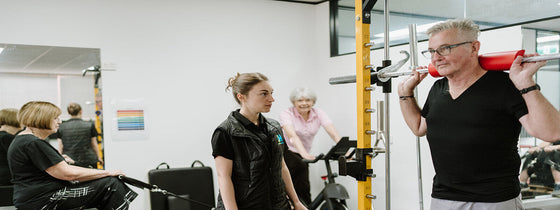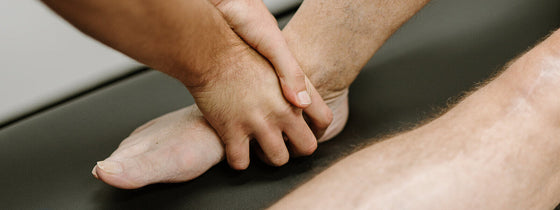There are many misconceptions in the running world around strength and power training, and chances are you’ve probably heard them all before! These myths about lifting can cause us to fear becoming too bulky, not being specific or functional enough when incorporating strength into our running training, or not matching the specific needs of longer-duration events.
While it is important to do sport-specific training (i.e. your running!), these myths regarding strength and power training could only be true if implemented incorrectly. Instead, they may have highly beneficial outcomes that can enhance your running performance.
Strength and power training benefits
The next question might be ‘why would strength and power training make me run distance more effectively?’. The main benefit is through the increased running economy, which means each step is more powerful and therefore moving you further!
This happens for a variety of reasons, such as increased muscle force, increased coordination from your brain and nervous system, and increased tendon stiffness (ability to store and release energy). - these changes occur from heavy and fast work more often than endurance work! A secondary benefit over time is increased tissue strength and robustness, which may have protective effects towards injury, but also the ability to tolerate and adapt to higher running mileage.
If you are starting to be sold on the benefits of strength and power training for improving your distance running, you might ask ‘how can I implement this without negatively affecting my running training?’.
The answer to that question becomes quite individual-based, depending on your current mileage and past exposure to strength work, injury history, and current phase of training.
There are many factors to consider, to ensure your strength and power program is optimal for performance increases, as well as not conflicting with your running training. The goal is to give your body adaptations that running cannot produce, hence why high-rep exercises are unnecessary in most cases for the legs.
If you are looking for some guidance on implementing the ideal performance enhancement program, recovering from an injury, or looking to combine both into your training for the upcoming summer competition season, reach out to the expert physio team at OHL for an assessment, and to start a plan that meets your individual needs.

If you're experiencing back or neck pain with neurological signs and symptoms, a thorough neurological examination is crucial for accurate assessment and effective treatment. In this Optimal Tip learn more about what we mean by completing a neurological exam!

Squats, deadlifts, and calf raises are key movement patterns that should be part of every strength and conditioning program—regardless of age and activity level. These functional movements support joint health, improve posture and balance, and reduce the risk of injury while building strength where it matters most.

A ganglion cyst is a fluid-filled swelling that typically forms over a joint or tendon sheath, causing discomfort and pain, especially when pressing against nerves or joints. Proper assessment and treatment, including physiotherapy, are essential for managing symptoms and improving function in the presence of a ganglion in your hand, foot, or wrist.